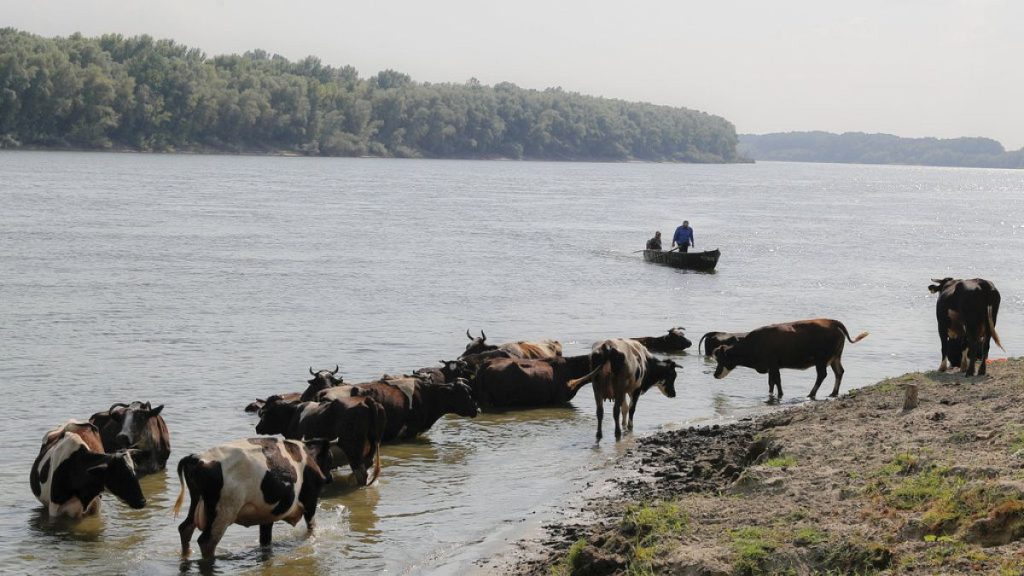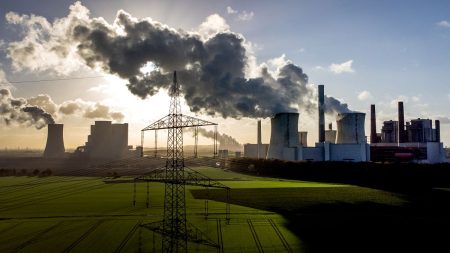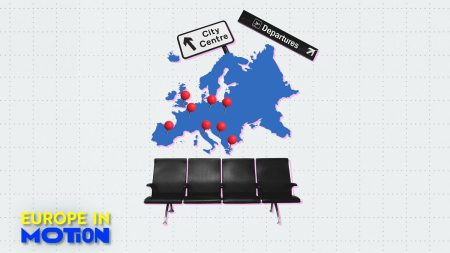The Danube River is currently experiencing receding water levels, with some banks in Romania being particularly affected. The summer heat has caused water levels to shrink to the point of jeopardizing normal traffic along the river. In some areas, the current water levels are 6 cm below the normal range, with a flow of roughly 2,900 cubic metres of water per second, well below the usual August average of 4,600 cubic metres per second. Sailors are having to adjust their travel paths to accommodate the shallow depths, with residents of the Romanian village of Corabia noting a significant impact on nautical traffic. Tourist boats are unable to leave the harbor and commercial boats are struggling to navigate the shallow waters, leading to concerns among locals.
Ioan Neacșu, the head of Romania’s Danube navigation sector, has stated that the shrinking water levels are becoming the new normal for the drought-stricken area. He highlighted the challenges faced by sailors as they navigate the shallow waters, with many having to adapt their routes to navigate the dwindling depths. Residents of Corabia have expressed their concerns about the impact on tourism and commercial activities, with one resident noting that the tourist port is currently unusable due to the low water levels. The ongoing heatwave in Romania has compounded the issue, with many hoping for a change in the Danube’s tides to alleviate the challenges faced by those living and working along the river.
The Danube River, which stretches for 650 kilometers across Europe from the Black Forest to the Black Sea, is a vital waterway that supports transportation and tourism in the region. With water levels declining in Romania, there are growing concerns about the impact on these essential activities. The reduced flow of water through the river is causing difficulties for both tourist and commercial boats, limiting their ability to travel along the Danube. This has repercussions for the local economy and the livelihoods of those who rely on the river for their income.
The effects of the shrinking water levels on the Danube River are being felt by residents and businesses in Romania, with reports of obstacles to nautical traffic becoming more frequent. The situation has led to changes in travel paths for sailors and has resulted in limitations on the movement of boats along the river. The natural beauty of the Danube and its importance as a transportation route are being threatened by the declining water levels, prompting concerns among those who depend on the river for their livelihoods. As the region continues to experience extreme heatwaves and drought, the challenges faced by those living and working along the Danube are likely to persist unless significant changes occur in the river’s water levels.
The implications of the current water crisis on the Danube River extend beyond Romania, affecting other European countries along the river’s path. The reduced flow of water has a ripple effect on transportation, tourism, and local economies, highlighting the interconnectedness of the region. As water levels continue to recede, the need for coordinated action to address the challenges facing the Danube becomes increasingly urgent. Governments, environmental organizations, and local communities must work together to find sustainable solutions to ensure the long-term health and vitality of this vital waterway. The current situation serves as a reminder of the fragility of our natural resources and the importance of proactive measures to protect them for future generations.













